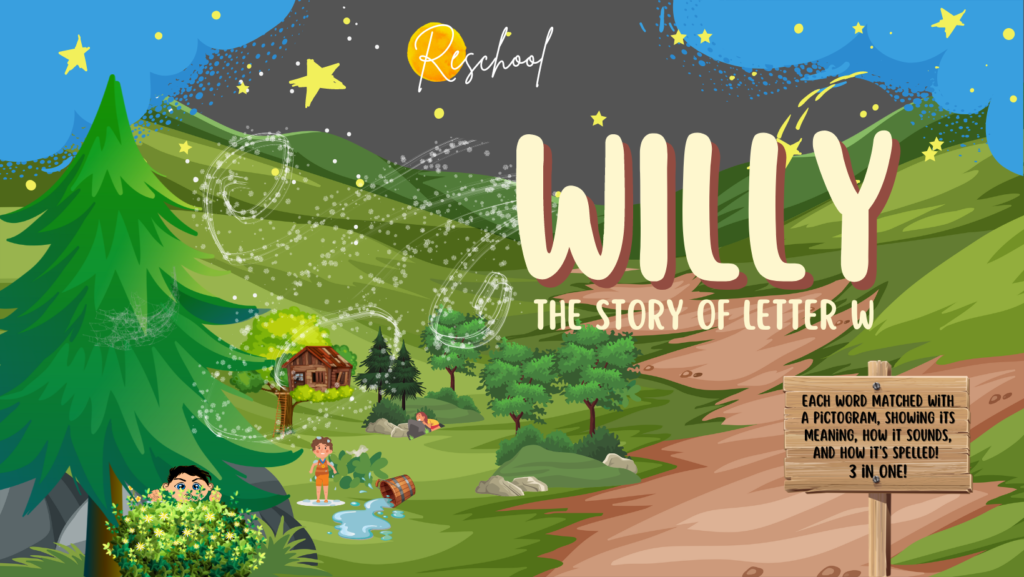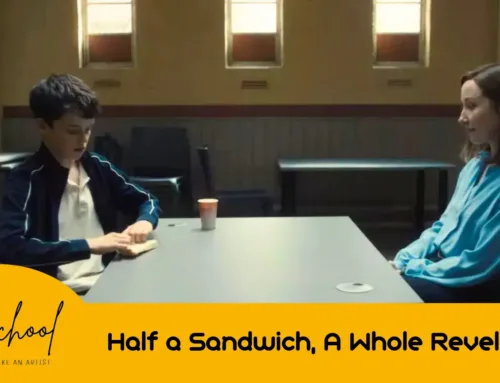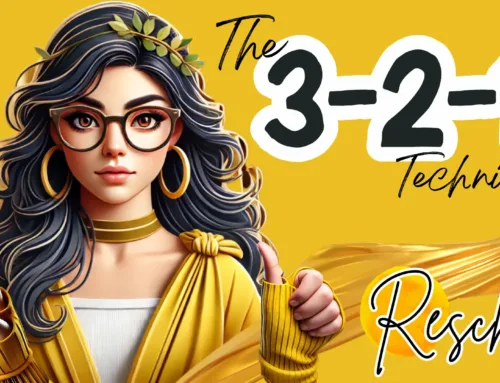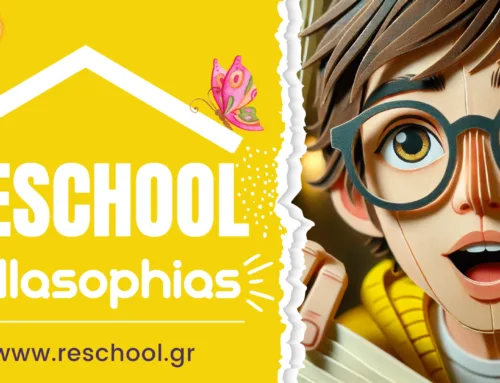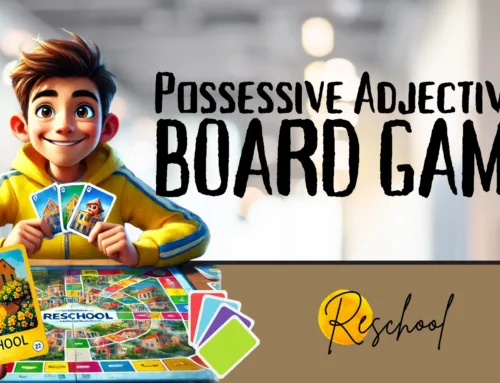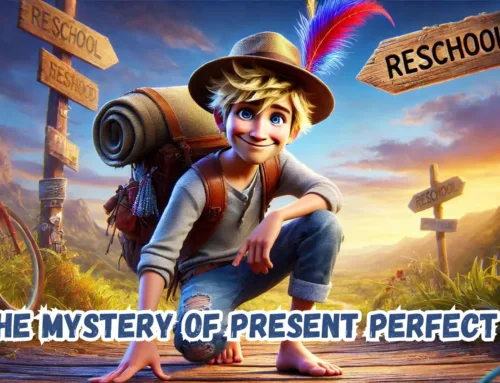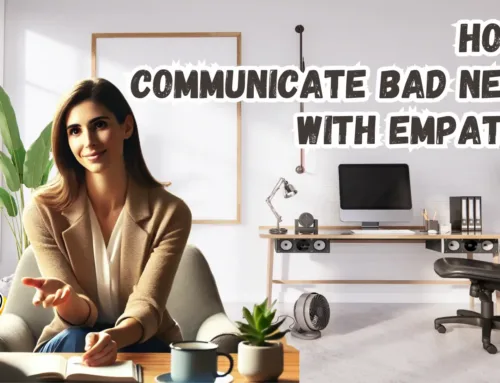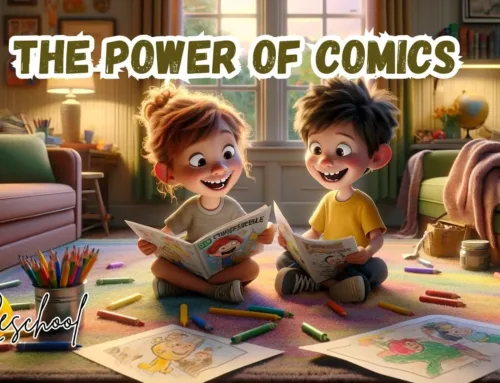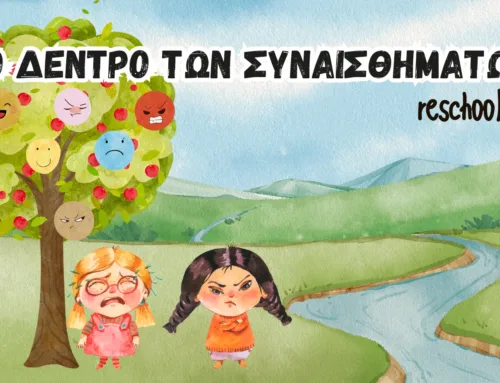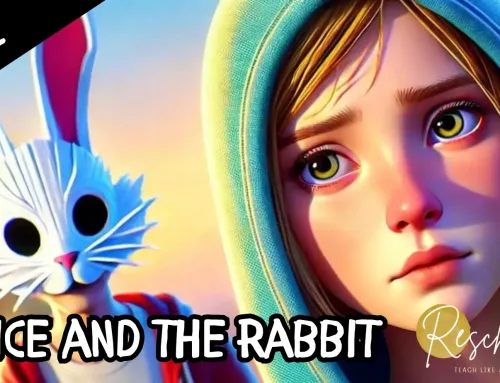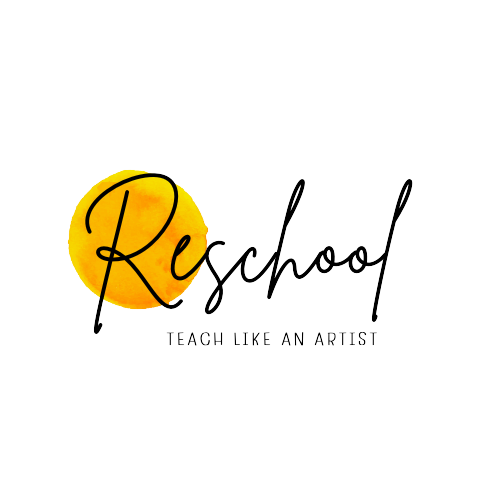I’m not sure what your thoughts are, whether you’re a parent or an ESL teacher, but I’m deeply concerned about the current state of education. It seems that only 1 in 3 kids are facing learning difficulties. It’s quite alarming.
The other day, I decided to conduct an experiment in one of my classes. Instead of teaching the letter “W” in the usual way, I introduced it as a symbol, complete with its sound and name. But in the other classes, I took a different approach. I portrayed W as a character—an eccentric, attention-seeking friend. I asked the kids, “What does he want?” And you know what? They embraced it! W wasn’t just a symbol anymore; it was a new friend, almost like a virtual buddy.
Then we delved into words containing the letter W. It was fascinating to see how the kids grasped the meaning, pronunciation, and spelling of these words simultaneously. They even started suggesting their own interventions and ideas, which was fantastic to witness.
Most of the time, they come up with their own ideas, but I try to discourage them. I tell them, “It’s perfect as an illustration when you’ve removed as much as possible but still understand the story.” Some kids load their words with so many details that they could become a multi-page fairy tale! But some brave souls even offer them as gifts! Isn’t that what childhood is all about? It’s like they’re saying, “You can’t stop my inspiration, ma’am!”
On the other hand, the class that learned W in the traditional way didn’t show much interest in the symbol. They didn’t laugh as much when they looked at it, except for an occasional spontaneous comment from Odysseus: “It’s like the omega is on a diet, Miss Sophie!”
There were no drawings or extra touches in that class. They didn’t have the inspiration to break the rules and enrich their learning experience. If you were observing the class, you’d be pretty satisfied. I’ve even incorporated physical activities per word that made the kids so happy! And when I say physical, I mean the kids divided into teams, doing something, saying something, combining their forces at lightning speed to beat the other team! And all of this to learn each and every word. And when we turn off the lights and turn on the blue light, everything magically changes. “It’s always here,” I tell them, “you just can’t see it with the naked eye without this light.” They’re so impressed when they discover so many worlds in front of them that they couldn’t see before…
But if someone were to observe the class where W was presented as a human character, where inspiration hung like ice cream from their lips, things would change dramatically. Their memory becomes a beast, and learning difficulties become… well, invisible? And I’m talking about 5-6-year-old kids! But also 10-year-olds! Kids who feel oppressed by conventional teaching methods, and when they see the illustrated words, it’s like a special light has turned on, and they see things that weren’t there before. Or rather, they were always there, but they never paid attention to them. Like the blue light!
You see, it’s never really about the problem itself; it’s about our attitude towards it! It’s about the boundless possibilities of solutions we can offer, the inspiration we can draw from their implementation, and the flood of new ideas that will inevitably follow. As the great inventor Thomas Edison once said, ‘Opportunity is missed by most people because it is dressed in overalls and looks like work.’ So let’s embrace the challenge with open arms and uncover endless discoveries along the way!

